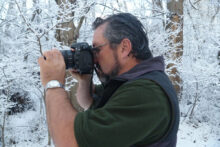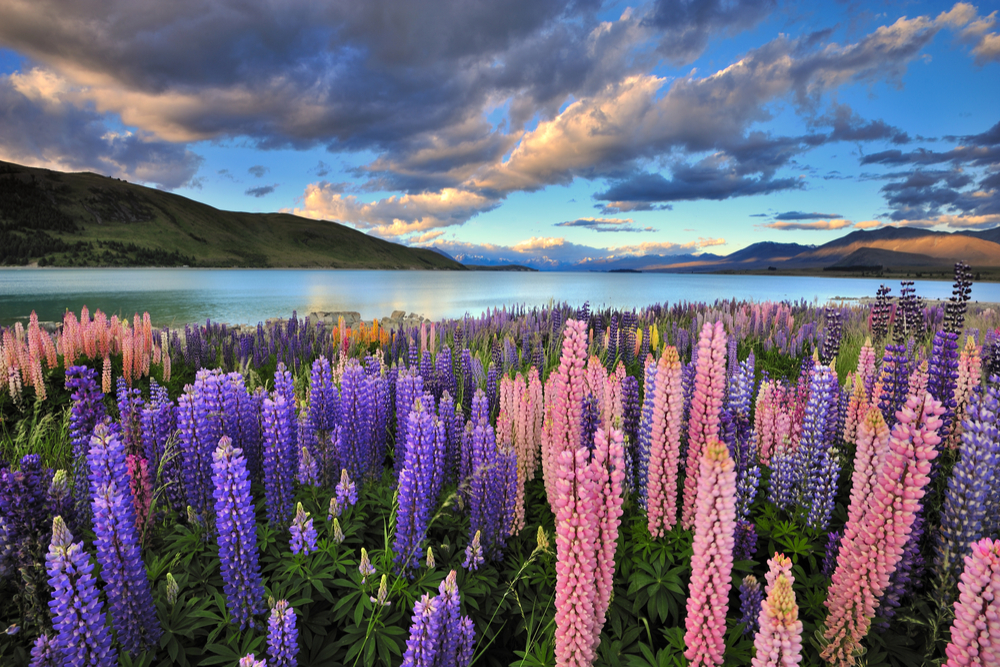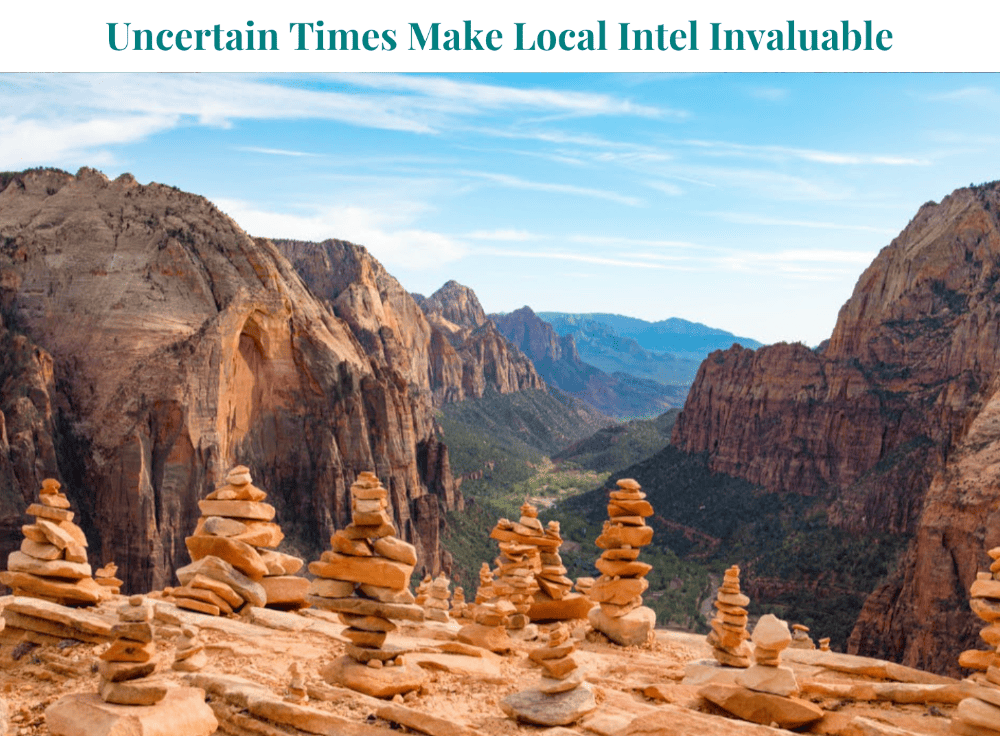Queenstown, New Zealand: Insider’s Guide
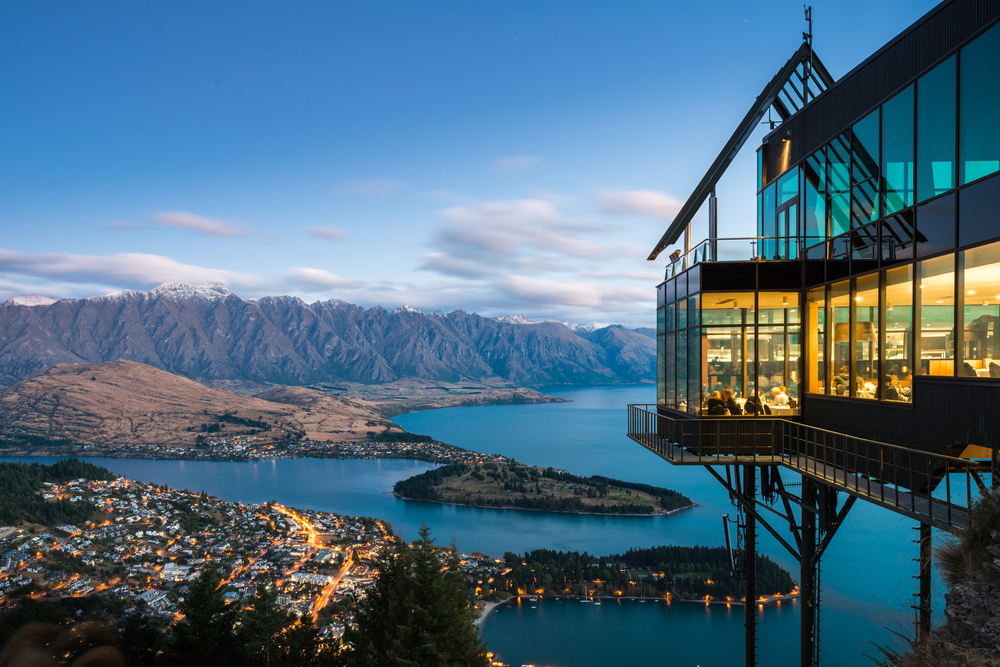 Queenstown is set on the shores of Lake Wakatipu. Photo: Shutterstock
Queenstown is set on the shores of Lake Wakatipu. Photo: Shutterstock
The insider advice on this page is from one of Wendy’s Trusted Travel Experts for New Zealand: Jean-Michel Jefferson of Ahipara.
Jean-Michel, who raised four children in New Zealand and now lives amid the dramatic rural landscapes of the South Island, is passionate about truly meaningful travel that caters to people who want to “go further, deeper, and see things others do not see.” His connections with local communities and noteworthy experts run deep, and he combines them with his network of hoteliers, restaurateurs, helicopter pilots, and boat captains to create itineraries that typically would be impossible to arrange on your own. His team can modify an itinerary on the fly to work around uncooperative weather or to satisfy a traveler’s spontaneous desire to add another location. For something really different, talk to him about adding time in the Cook Islands, a former protectorate of New Zealand that is a group of 15 remote islands barely touched by tourism. Jean-Michel has begun working with the local community there to deliver an authentic experience of one of the world’s last idyllic travel frontiers, but with all the creature comforts.
What to See and Do
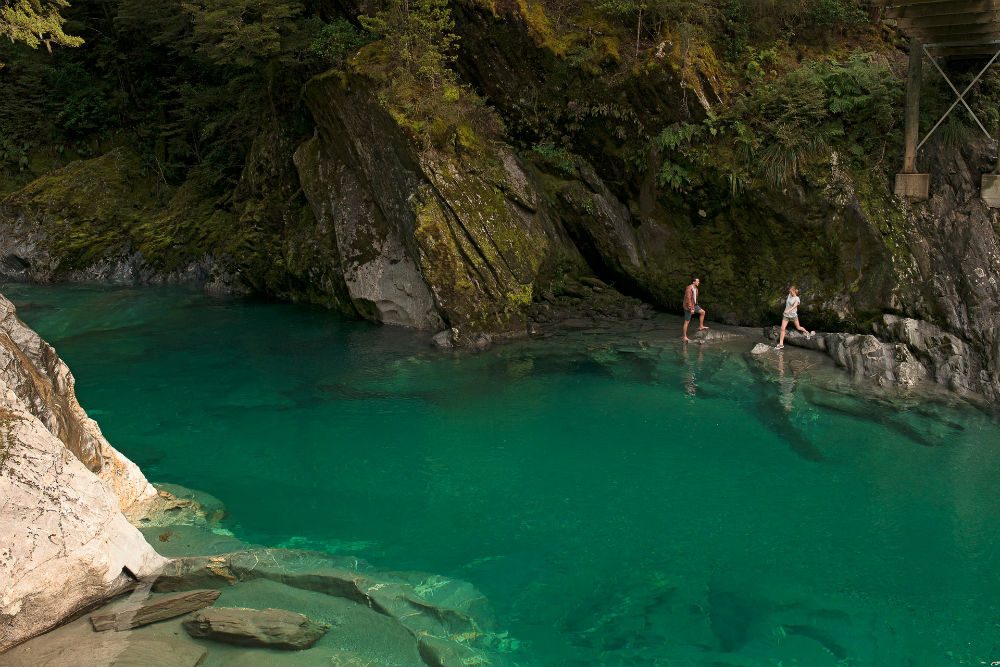
The Blue Pools of Mt. Aspiring National Park. Photo: Julian Apse / New Zealand Tourism
Don’t miss
The Siberia Experience. For just $455, you’ll have a day of adventuring that seems like it should cost much more. First, you’ll be picked up in Makarora by a helicopter to fly 20 minutes deep into Mount Aspiring National Park. Then you’ll take a three-hour hike along river valleys and through mossy forests. And finally you’ll spend 30 minutes speeding back toward Makarora in a jetboat on the Wilkin River.
Don’t bother
Bus-and-cruise package tours to Milford Sound. The four-hour bus trip—each way—and crowded boat ride through the Sound is not an enjoyable experience for most people. Jean-Michel flies his travelers in by helicopter or has them stay someplace near the sound so they can savor the stunning scenery and not have to spend eight hours on the road in one day.
Bragging rights
A full day of helicoptering around Mount Aspiring National Park and Fiordland. Jean-Michel will set you up with a pilot and guide and let you do as you please: Land as many times as you like, take as long as you want. And add in anything you want: some hiking, a picnic at a remote stone cottage, or a visit to a high-country sheep farm. The pilots he works with are the local legends with 20,000+ flying hours, all larger-than-life characters who add a lot to the experience.
Big thrill
New Zealand is well known as an adventure mecca. Experiences for adrenaline junkies abound throughout the country, but most are concentrated in the Queenstown region. This is the place, after all, that claims to have invented bungee jumping. If you’re eager to try it (and you should!), take the leap at the Kawarau Bridge, as this is where it all started. You can also go hiking on one of the area’s many unknown trails or go jet boating, rafting, skydiving, gliding, mountain biking—whatever rocks your boat.
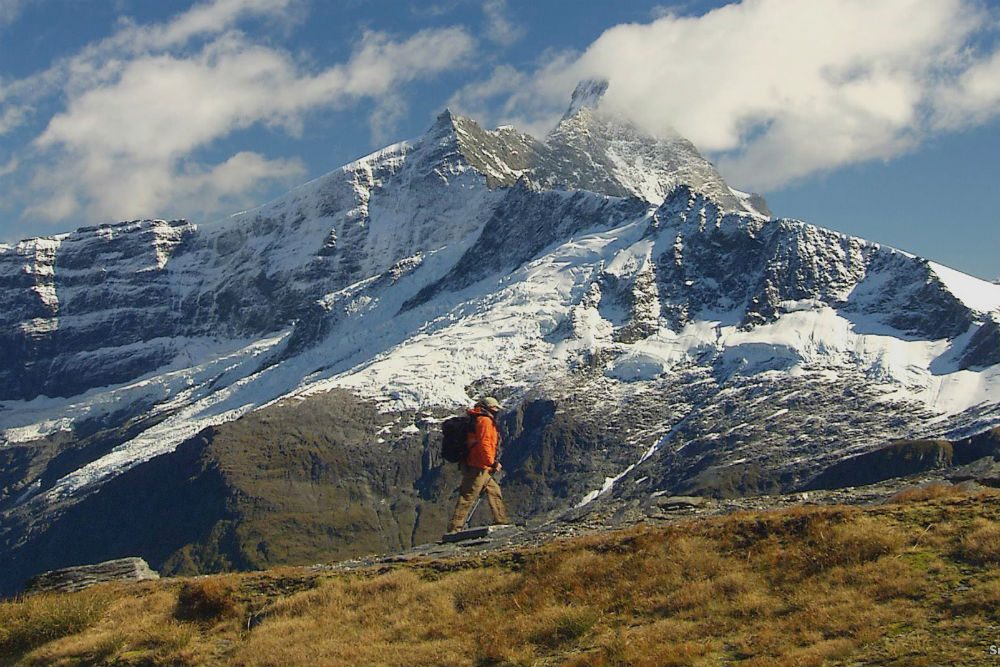
If you thrill to a wonderful view, hike a trail near Mount Aspiring. Photo: Small World Productions / New Zealand Tourism
Where to Stay and Eat
Best bang-for-your-buck hotels
This isn’t an easy question anymore in Queenstown. You really do get what you pay for here. Pay less to stay at the Hilton down the lake toward the airport, but you will have the inconvenience of travel into town. Or stay right in the center at somewhere like The Spire and trade views for location—as well as access to a cool dining scene, energy, and the quirky backstreet rum bars.
Restaurants the locals love
Cozy up to the bar at Eichardt’s, an 1860s-era hotel on the lake, for excellent seafood chowder.
Madam Woo serves Malay and Chinese street food: flavorful dumplings, satays, and curries.
Locals and visitors alike love the setting of Amisfield: It is surrounded by mountains and the restaurant’s own vineyards, which produce the most perfect wine pairings.
For something totally different, Blue Kanu has tasty fusion cuisine and feels a bit crazy—which can make for a nice change after fine dining everywhere else in the country.
Dish to try
Bluff oysters. When they’re in season from March to August, you can find these delicate, fat, and meaty oysters at any good restaurant.
Best spots for a drink
Off-the-radar cocktail bars in Queenstown’s backstreets. New Zealand might be known for its wines, but there’s an impressive cocktail culture at the likes of Bardeaux and Bar Up.
Best Times to Go
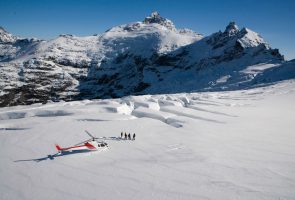
January to March. It’s summer, and the weather is just warm enough: around 85 degrees in the day, with nice cool evenings.
June to August. In the southern-hemisphere winter, Queenstown is a snow-capped beauty, and there are not many people around; it is cold but heavenly. This is the time for winter snow sports like snowshoeing and heli-skiing. You’ll get the most reliable (very high-quality) heli-skiing conditions in August. The downside, though, is shorter days.
September to December and April to May. In spring and fall, sunny days around 50 to 60 degrees make for perfect hiking and cycling conditions, outside of the occasional rain shower.
Worst Time to Go
December 20 to January 10. Everyone—including New Zealanders—is vacationing, so you’ll have trouble booking hotels and activities. Also, it can be rainy.
Biggest Rookie Mistake
Not taking into account how long it takes to get from one place to another; it’s always longer than you think. Don’t try to fit too many activities into one day.
Instagram Moment
An aerial shot of Queenstown from the Wanaka viewing platforms. At dawn or dusk, drive up the Crown Range Road to one of two viewing platforms with the best city views. The view from the top of the gondola in town is also spectacular.
The Souvenir
Greenstone—known in New Zealand as pounamu—is the soul stone of New Zealand and has great significance to the Maori, who pass carved pieces down from generation to generation. The best way to buy pounamu is from a carver, who will create an original piece based on who you are and what is important to you. Carvers frequently move, but Jean-Michel can arrange for travelers to meet them. There’s also an excellent shop in Queenstown called the Waka Jewellers. Avoid buying pounamu at tourist shops or souvenir stands, as these often sell jade imported from China.
Tipping Tip
New Zealanders never used to expect tips. Over the years, though, as many travelers have tipped, locals are now accustomed to receiving a gratuity (fishing guides expect tips now from anyone with an American accent). In general, though, only tip if you are happy with the service.

